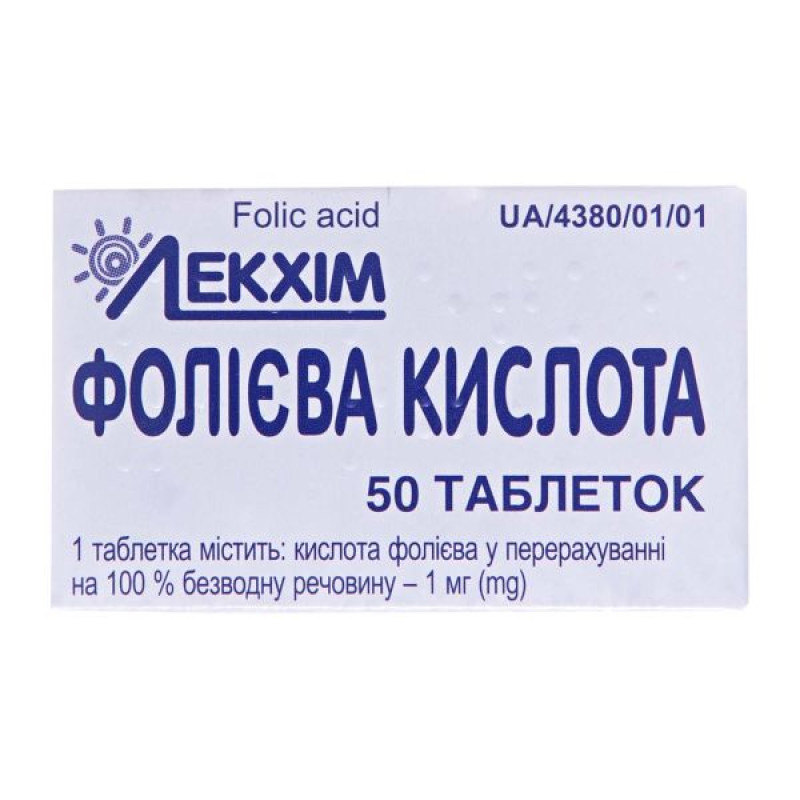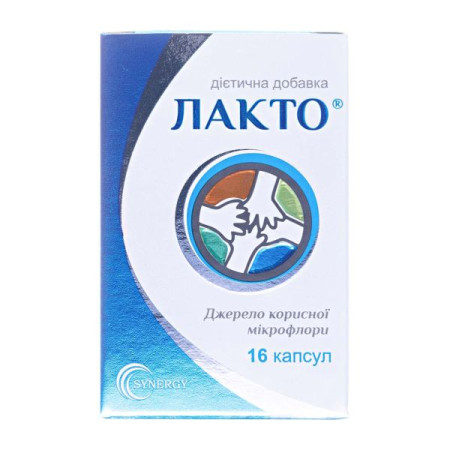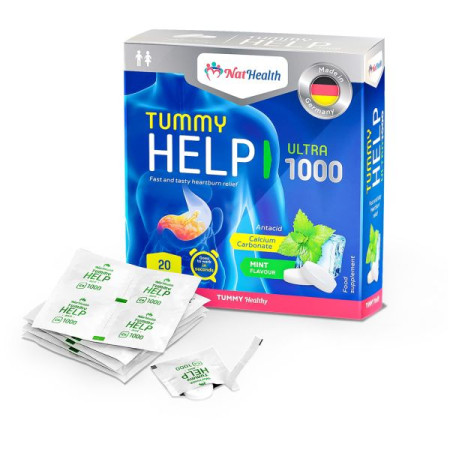Folic acid tablets 1 mg container No. 50

Translation of the instructions can be
FOLIC ACID tablets 1 mg, tablets 5 mgInstruction
For medical use of the medicinal product
Folic acid
(Folic acid)
Composition:
Active ingredient: folic acid;
1 tablet contains folic acid in terms of anhydrous substance 1 mg or 5 mg;
excipients: lactose, microcrystalline cellulose, pregelatinized starch, magnesium stearate.
Dosage form.
Pills.
Main physicochemical properties: tablets with a dosage of 1 mg - single-layer tablets of round shape, from light yellow to yellow in color, the upper and lower surfaces of which are flat, the edges are beveled. Minor inclusions are allowed on the surface of the tablet. A relatively uniform structure is visible on the fracture under a magnifying glass; tablets with a dosage of 5 mg - single-layer tablets of round shape, from yellow to dark yellow in color, the upper and lower surfaces of which are flat, the edges are beveled. Minor inclusions are allowed on the surface of the tablet. A relatively uniform structure is visible on the fracture under a magnifying glass.
Pharmacotherapeutic group.
Folic acid and its derivatives. Folic acid. ATS code B03B B01.
Pharmacological properties.
Pharmacodynamics.
After taking the drug, folic acid is reduced to tetrahydrofolate, which performs the function of a coenzyme that participates in various metabolic processes. It is necessary for the normal maturation of megaloblasts and the formation of normoblasts. Stimulates erythropoiesis, participates in the synthesis of amino acids (including methionine, serine, glycine and histidine), nucleic acids, purines, pyrimidines, participates in choline metabolism. Performs a protective function against the action of teratogenic factors. In addition, it contributes to the normal maturation and functioning of the placenta.
Folic acid plays an important role in the process of sperm maturation and can be used to treat male infertility.
Folic acid deficiency causes megaloblastic hematopoiesis, which in pregnant women can lead to the development of congenital defects in the fetus (neural tube defect, hydrocephalus). The most important consequence of folic acid deficiency is a decrease in the ability to repair damaged tissues.
Pharmacokinetics.
Folic acid is well and completely absorbed from the gastrointestinal tract, mainly from the duodenum and small intestine. It is evenly distributed throughout all tissues, selectively concentrated in the cerebrospinal fluid. The highest concentration in blood plasma is achieved within 30 to 60 minutes after oral administration.
In plasma and liver it is metabolized to 5-methyltetrahydrofolate, an active substance that binds to glutamic acid and forms a coenzyme. About 50% of the total folic acid supply is stored in the liver. About 70% is bound to plasma proteins. It is excreted in the urine by glomerular filtration. After taking a dose of 5 mg, folic acid will be excreted in the urine after 5 hours.
Clinical characteristics.
Indication.
Treatment and prevention of anemias associated with folic acid deficiency: macrocytic anemia and leukopenia caused by drugs and ionizing radiation; megaloblastic anemia, post-resection anemia, sideroblastic anemia in elderly patients; anemia in inflammatory bowel diseases (Crohn's disease, nonspecific ulcerative colitis), malabsorption syndrome (gluten enteropathy or celiac disease), sprue; prevention of the development of congenital defects in the fetus: defects of the nerve trunk (hydrocephalus, brain hernias, "cleft palate", "hare lip") in women planning pregnancy and at risk; long-term treatment with folic acid antagonists (methotrexate, sulfamethoxazole-trimethoprim combination), anticonvulsants (phenytoin, primidone, phenobarbital); folic acid deficiency associated with unbalanced or inadequate nutrition; treatment of male infertility due to reduced spermatogenesis (oligospermia); polyneuritis and polyneuropathies, including those of alcoholic etiology.Contraindication.
Hypersensitivity to folic acid or other components of the drug, malignant neoplasms, pernicious anemia, untreated cobalamin deficiency.
Interaction with other drugs and other types of interactions.
Folic acid may reduce the plasma concentrations of phenobarbital, phenytoin and primidone, thus increasing the likelihood of epileptic seizures. Chloramphenicol and cotrimoxazole may affect folate metabolism. Sulfasalazine may reduce the absorption of folic acid. Folic acid may affect the toxic and therapeutic effects of methotrexate. Antibacterial drugs may affect folate metabolism. Ethanol and aspirin may increase the elimination of folic acid. Folates increase the effectiveness of lithium. Nitrous oxide may cause acute folic acid deficiency.
Application features.
The drug should be prescribed with caution to patients with anemia of unknown etiology, since folic acid may interfere with the diagnosis of pernicious anemia by improving the hematological manifestations of the disease, while allowing neurological complications to progress. In the case of pernicious anemia, the drug should be used only together with cyanocobalamin.
Long-term use of folic acid, especially in high doses, is not recommended due to the risk of decreasing blood cyanocobalamin concentrations.
The tablets contain lactose, therefore their use is not recommended for patients with rare hereditary galactose intolerance, severe lactase deficiency or glucose-galactose malabsorption.
For elderly patients, a cobalamin absorption test should be performed before starting long-term therapy.
This medicine is not intended for healthy pregnant women, who can be recommended low doses, but should be prescribed to pregnant women with folic acid deficiency or women who are at risk of recurrent neural tube defects.
Use during pregnancy or breastfeeding.
It is indicated for use in recommended doses in women planning pregnancy or who are at risk, to prevent the development of congenital defects in the fetus: neural tube defects (hydrocephalus, cerebral hernias, "cleft palate", "hare lip").
The drug can be taken during breastfeeding in recommended doses. Folic acid passes into breast milk.
Folic acid deficiency, or disorders of folic acid metabolism, have been associated with birth defects and some neural tube defects. Interference with folic acid metabolism or folic acid deficiency due to the effects of certain drugs, such as anticonvulsants and anticancer drugs, in early pregnancy leads to congenital anomalies.
The lack of the vitamin or its metabolites can also affect the occurrence of spontaneous abortion and intrauterine growth retardation.
The ability to influence the reaction speed when driving vehicles or other mechanisms.
When used properly, folic acid does not affect the ability to drive or operate other machinery.
Method of administration and doses.
The drug is to be used internally.
For therapeutic purposes, adults and women during breastfeeding are prescribed up to 5 mg per day. The course of treatment is 20-30 days. It is recommended to conduct 2-3 courses with a break of 1 month. Long-term use of the drug is recommended to be combined with the intake of vitamin B 12 (cyanocobalamin).
Women planning pregnancy and at risk should be prescribed 5 mg for 4 weeks before pregnancy and continued during the first 3 months of pregnancy to prevent the development of congenital neural tube defects in the fetus.
For the prevention of folic acid deficiency associated with unbalanced or unsatisfactory nutrition - 1-5 mg per day. The course of treatment is 20-30 days.
It is recommended to repeat the treatment course after 1 month.
For megaloblastic anemia, prescribe 5 mg of folic acid per day for 4 months.
Patients with sprue, macrocytic anemia, malabsorption, inflammatory bowel disease, and celiac disease are recommended to take 5-15 mg per day.
Children.
Do not use on children.
Overdose.
No cases of overdose have been reported. Use in very large doses should not harm the patient.
Adverse reactions.
The drug is well tolerated.
Gastrointestinal: anorexia, nausea, bloating, flatulence, bitter taste in the mouth.
Immune system disorders: hypersensitivity reactions including erythema, rash, pruritus, urticaria, dyspnoea, anaphylactic reactions including shock.
Expiration date.
3 years.
Storage conditions.
Store in the original packaging at a temperature not exceeding 25 ° C. Keep out of the reach of children.
Packaging.
50 tablets per container; 1 container per pack.
10 tablets in a blister; 5 blisters in a pack.
Vacation category.
According to the recipe.
Producer.
Ciao "technologist".
Location of production and its address of place of business.
Ukraine, 20300, Cherkasy region, Uman city, Stara Prorizna street, building 8.
There are no reviews for this product.
There are no reviews for this product, be the first to leave your review.
No questions about this product, be the first and ask your question.










